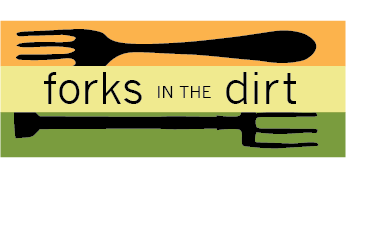
I’m finally slowing down enough to take the time to get in that frame of mind where I can rewind and somewhat clearly peer back at 2022, the year in review.
Thankful for 2022
I distinctly remember being so very grateful for the late spring as I was frantically writing/editing/revising so many pages (so many times) along with Stephanie Thurow for our upcoming book, Small-Scale Homesteading.
I felt lucky that the maple sap held off until we got back from our March vacations. We brought home and raised a new brood of chicks into a healthy, happy (and spoiled) backyard flock. I took my local Master Gardener coursework and completed 50+ hours of volunteer hours. I helped grow vegetables and flowers at my son’s elementary school.

We took time up north in Minnesota to walk through and wonder at creation. I taught classes on companion planting, composting, growing garlic, garden planning and preserving the harvest, wrote for magazines new and old. I got to manage our 6th annual Winter Farmers Markets. My family all got Influenza A at the same time and we nursed each other back to health with homegrown remedies. And I grew as much food as ever- including so many new favorites.
We celebrated life as we lived it. What a year both in and out of the garden!










































